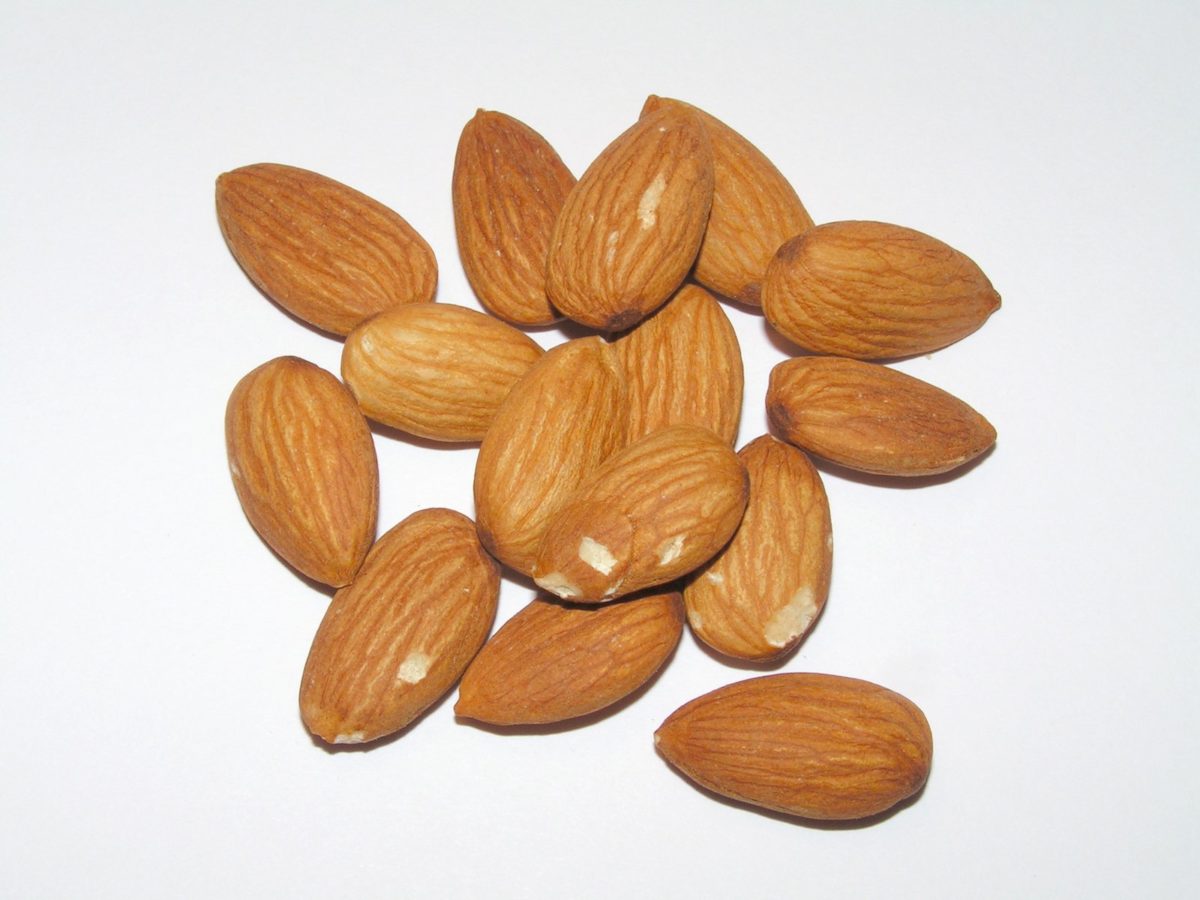Understanding tree architecture has been a key component of Plant & Food Research’s (PFR) almond research in Australia over the last 10 years. This began in 2013 when PFR appointed Dr Grant Thorp as lead scientist based in Australia to undertake research on tree crop physiology.
At that time Australian almond growers were successfully using Californian growing systems and cultivars. But the question from industry was how could they be more successful?
In 2014, PFR was awarded funding from what is now Hort Innovation for a 5-year programme “Almond Productivity: Tree architecture and development of new growing systems”.
The key objectives were: to better understand tree architecture and the limitations to traditional growing systems with standard cultivars and rootstocks; and to investigate options to redesign orchards of the future with new growing systems and new cultivars and rootstocks. Importantly, the research would involve close collaboration with almond breeders to identify architectural traits associated with high productivity and suitability for more intensive growing systems.
The first trials were conducted in 2014 to evaluate previously untested systems to increase yields on commercial orchards. Treatments included a novel selective limb removal pruning system and reflective ground covers. While these treatments increased light interception and shifted production to low canopy zones, they did not increase total yield nor improve kernel quality. They also created problems with mixed maturity.
These results led to research on more intensive growing systems with smaller trees to optimise light distribution and increased yields with more uniform crop maturity. This was tested in 2014 and 2016 trials that showed with narrow palmette style canopies, trees could be easily managed in narrow 5 m wide rows without reducing kernel yield per tree.
The first of PFR’s high density trials were planted in 2018 at the Almond Board of Australia (ABA) Centre of Excellence in Loxton, with trees in 4.5 and 6.5 m wide rows and 567 to 1,111 trees/ha. The trials continued in 2020 with a new 5-year programme funded by Hort Innovation and collaboration with the South Australian Research and Development Institute (SARDI).
At the same time, a parallel set of trials were planted in California with funding from the Almond Board of California (ABC) and collaboration with the University of California (UC Davis) and California State University (Fresno). The Californian trials effectively enabled two-seasons in one year.
Two interesting results came from these trials.
First, while cultivars such as ‘Nonpareil’ and ‘Vela’ planted as central leader trees and pruned to form a narrow shape soon lost their dominant central leader, there were obvious benefits with less risk of limb breakage as structural limbs were spread over a longer section of trunk. Of the cultivars included in this research, only Shasta® (BA2) and Independence® (‘Alm-21’) trees were regarded well suited to high-density growing systems.
The second result was how closely yield from young trees correlated with irrigation. Yield from higher density plantings were higher only when irrigation was increased so that all trees received the same amount of water. With twice as many trees per ha, twice as much water was needed to be applied.
Dr Thorp retired in 2022 and PFR appointed Dr Roberta De Bei to lead the almond component of the “National Tree Crop Intensification in Horticulture” program funded by Hort Innovation.
Questions on irrigation, nutrition and pruning strategies for high- and ultra high-density orchards still remain and so in 2022 an ultra-high-density trial in Loxton at the Almond Centre of Excellence was planted. This ongoing trial combines genotypes characterized by architectural features considered to be better suited to high-density growing systems, high productivity, and precocity (a key element for Australian conditions) with vigour-controlling rootstocks.
Thanks to the last 10 years of research, PFR’s expertise in orchard design and tree architecture has increase hugely but there is still more to investigate to carry on supporting the Australian almond industry. Roberta and her colleagues in Australia (Nick Timbs and Wayne Kiley) and New Zealand (Ken Breen and Jill Stanley), with continuing support from Dr Thorp, are continuing the orchard productivity research and developing more new research directions for the Australian almond industry.
Source: Plant and Food Research
- This article was originally published in In a Nutshell












